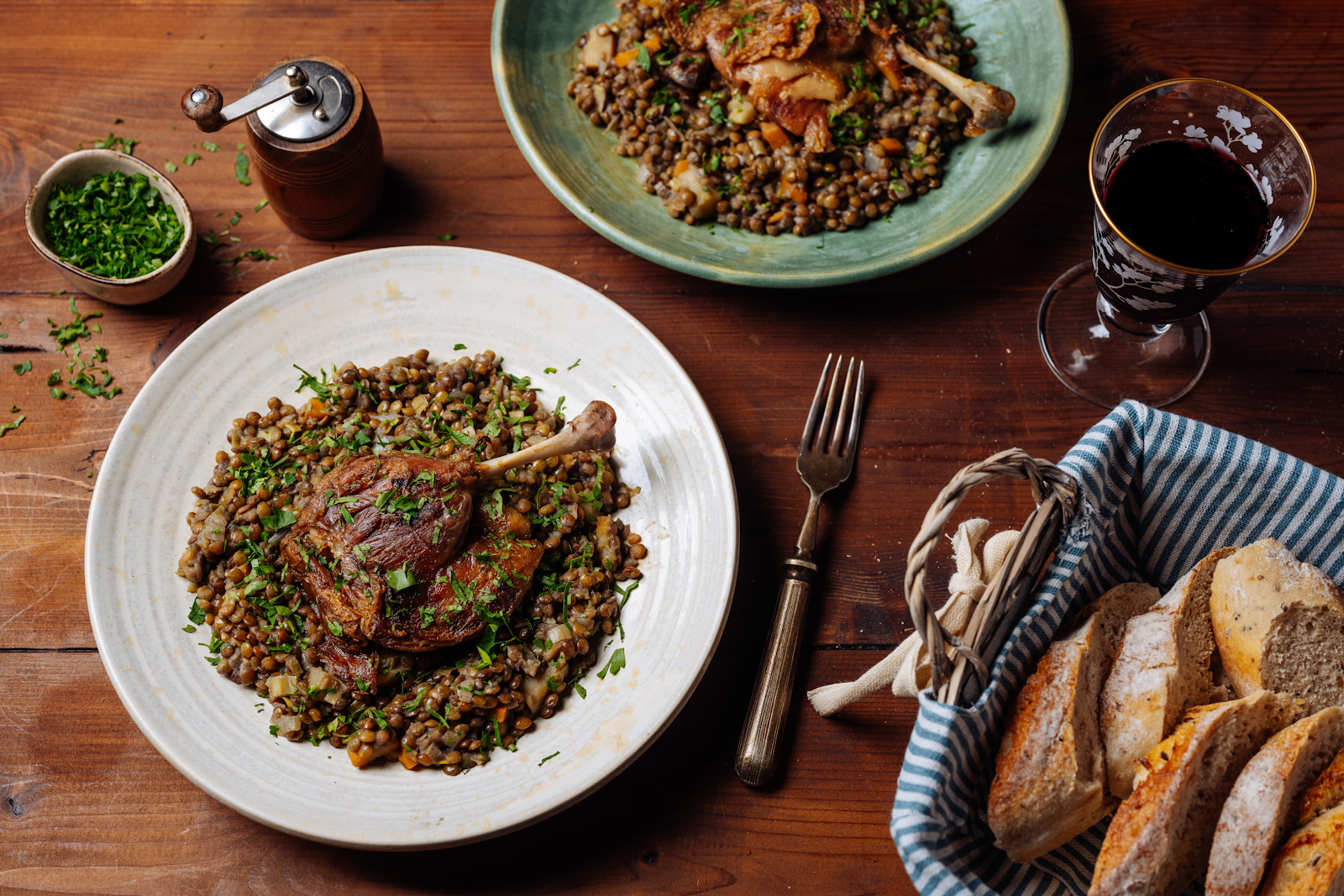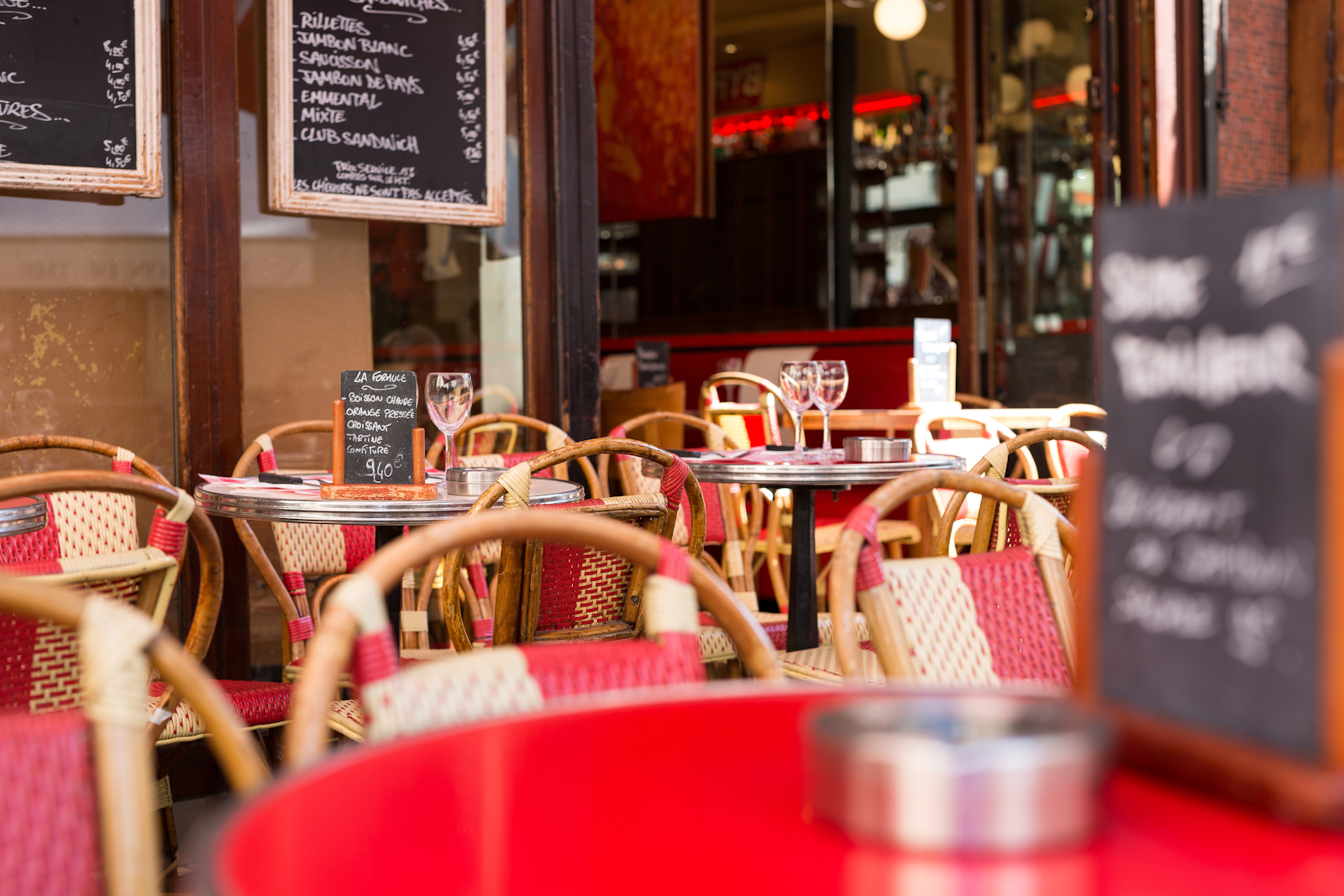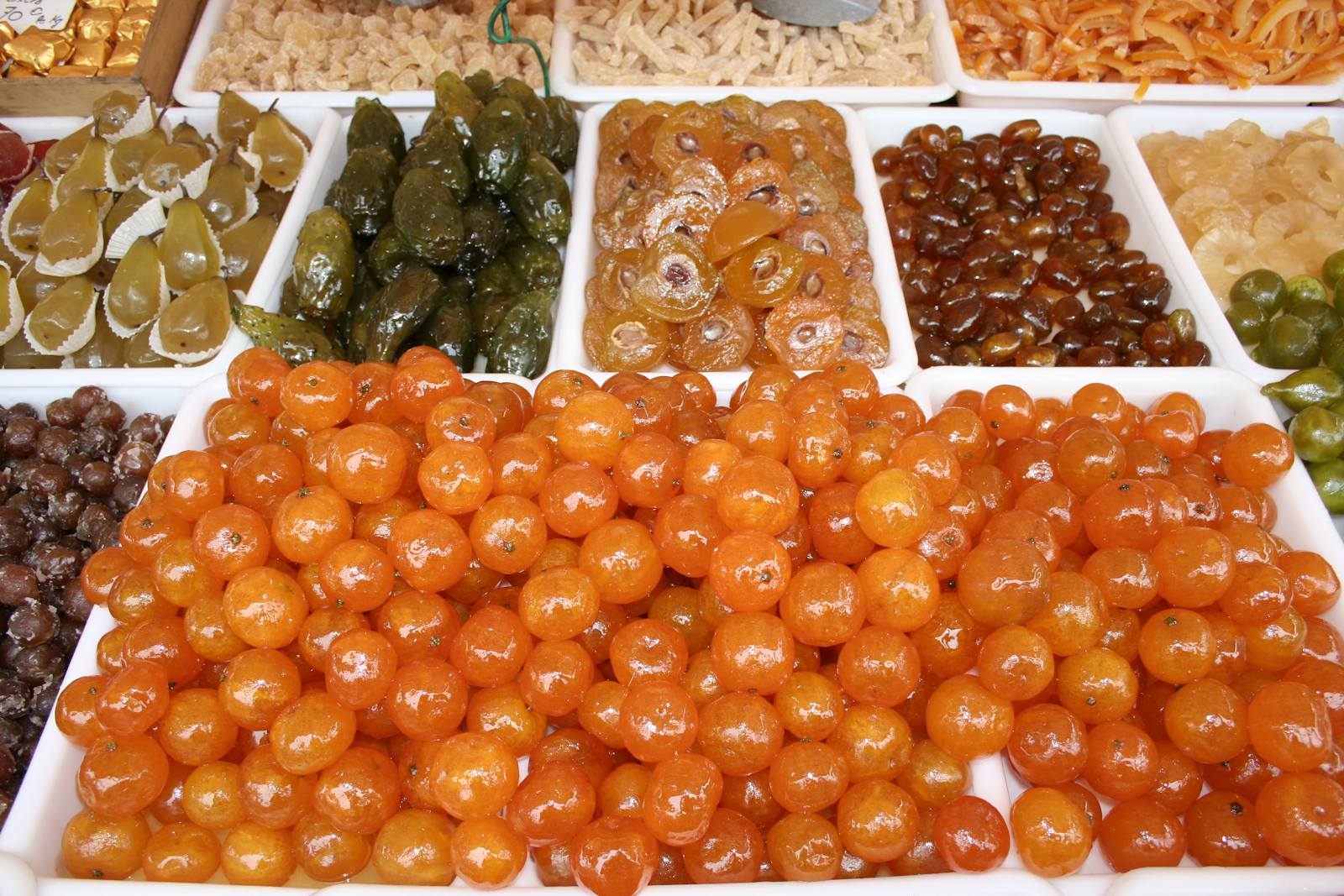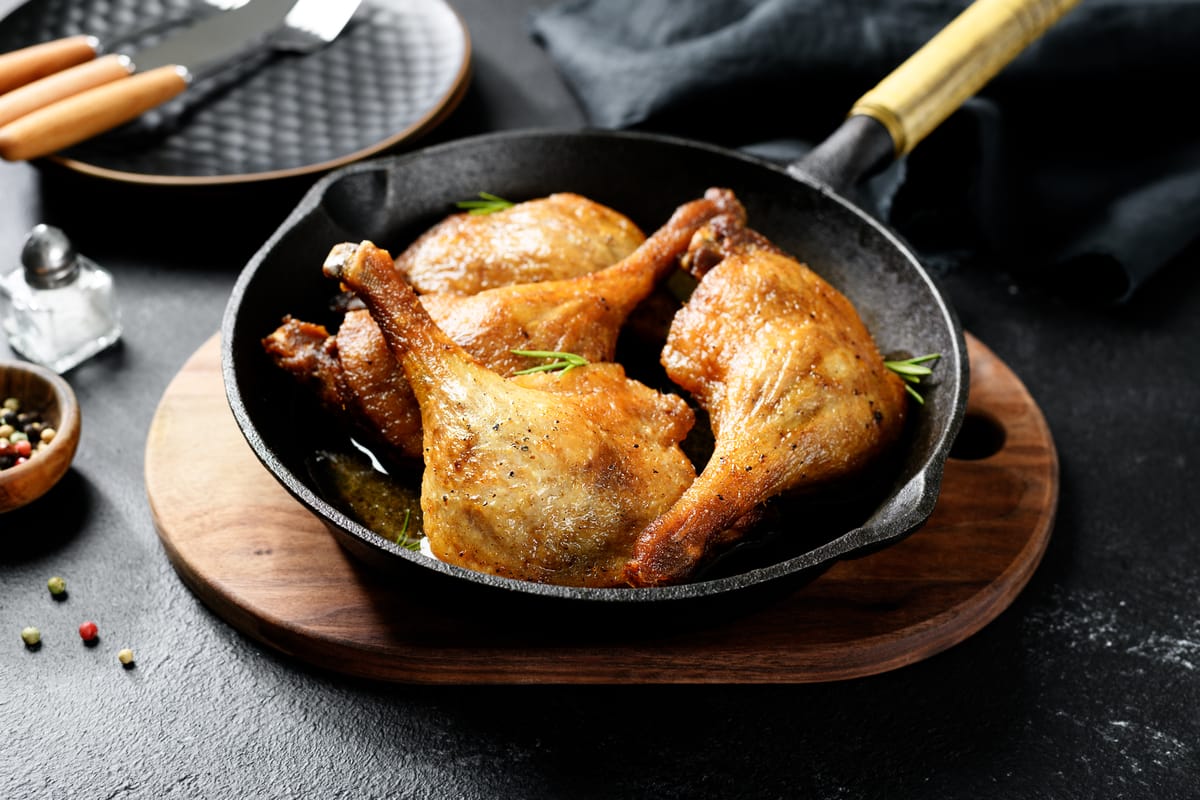Visit your local French bistro, and you'll likely see confit (pronounced kon-FEE) on the menu. Whether a pricey duck confit entree, a shared appetizer of confit caramelized onions crostini, or an innovative duck confit fried rice fusion dish, the term "confit" is a French word that refers to cooking food submerged in fat over a long period of time.
The cooking method is often applied to meat, like duck or chicken, that can be cooked in its own rendered fat. But many vegetables also benefit from a slow cook, which is why garlic confit and tomato confit can make great appetizers, spreads, and side dishes.
You don't need travel plans to Bordeaux to have a great duck confit. This cooking method requires certain ingredients (primarily plenty of cooking fat), but you won't need expensive equipment, expensive food, or serious expertise to pull it off at home. Then again, why cook? Support a local French or Italian restaurant, or even order carnitas tacos at a taqueria and get your confit fix without the wait.
How does confit work?
Confit involves pouring cold or room-temperature fat over the duck leg, garlic cloves, or other item you want to confit. Then, the baking dish goes into a low-heat oven, around 250 to 275°F (120 to 135°C). The duck fat or olive oil gets hot enough to break down the meat but not too hot that it causes evaporation. It creates a moist, completely tender duck meat worth the long wait.

The fat plays a crucial role in regulating the temperature, so the meat slowly cooks over time instead of reacting to sudden temperature changes. It doesn't mean the dish itself is pure fat or innately unhealthy food. The fat surrounds the duck meat rather than sinking into the duck meat itself. Braising, steaming, and even sous vide are all other cooking techniques that aim for the same goal as a confit.
Confit vs. deep frying
It's easy to confuse the confit method with deep frying since both involve cooking in fat, but there's one big difference between them. When you deep fry, you bring the cooking oil to a high temperature, typically 325 to 450°F (160 to 230°C). A high oil temperature forces water from the surface, quickly becoming steam.
The high heat causes the Maillard reaction, the chemical reaction between amino acids and heat that makes foods golden brown and full of flavor. Due to dehydration, deep frying requires a short cooking time and creates a crispy, crunchy exterior.
What's the history of the confit method?
Confit began as a preservation method. The word confit itself comes from the French verb confire, meaning "to preserve." Before refrigeration, people needed a method for preserving food. The term was originally used to refer to fruits cooked and preserved in sugar, hence why the French word for jam is confiture. particularly preserving meat, to ensure it would remain edible and in ample supply. Southwestern France is prime "Confit country," where the slow cooking method originated.
Within "Confit country," different regions use different fat and meat components in their confit preparations. Occitania uses goose fat, while Provence uses olive oil. Goose confit is popular in Béarn and the Basque region. Cassoulet is a popular dish involving goose confit slow-cooked with beans and other vegetables. Across the Gascony region, duck confit is the classic dish, often served with potatoes and shaved truffles native to the area. Italy is home to the confit condiment, where garlic confit, onion confit, and chili confit are popular meal components.
The traditional confit was cured in salt, which protects against the growth of bad bacteria. Curing meats in a salt mixture is still a popular cooking technique because, while it increases preparation time, it also concentrates flavor and tenderizes meat.
For confit purists, goose and duck confit are the only true confits. When another meat is cooked in rendered duck fat or goose fat, that dish is served en confit.

Can you prepare a confit at home?
While confit is no longer required as a preservation technique, it's still popular for the delicious flavor and tenderness it imbues. Confit doesn't require a particular technique, but because of the lengthy cooking times confit recipes can be less-than-preferable to prepare at home. Still, you only need a low-temperature oven, duck fat or olive oil, and plenty of time.
First, if you're making a traditional confit, you'll need to acquire the duck legs. If you can't find duck legs at your local butcher shop or supermarket, consider an online butcher shop or a nearby Chinese or Asian grocery store. Confit duck leg is typically made with Moulard duck, which a richer, gamier taste compared to the White Pekin. Both work for a duck confit recipe, but most recipes are written with Moulard duck legs in mind.
If you're following the traditional method, you'll also need enough duck fat to ensure the duck legs are fully submerged in fat. Duck fat can be found at butcher shops and specialty grocers. If you're looking for a shortcut, you can render the duck fat from the legs and use that as the cooking fat.
The day before serving, sprinkle duck legs with kosher salt (vs. table salt) and herb mixture. Thyme, black peppercorns, and bay leaves are traditional dried herbs, but seasonings like star anise, five-spice powder, Sichuan peppercorns, ginger, and chile would also complement the duck leg well. Cover seasoned duck legs with plastic wrap and place in the fridge for 24 hours.
Next, preheat oven to 325 degrees Fahrenheit. Heat the duck legs, skin side down, in an ovenproof skillet until the duck fat renders, leaving a pool of excess fat in the pan. Cover the pan, place it in the oven, and roast for 2 hours and then an additional hour uncovered.
The end result is more than duck confit. You can reserve excess fat for other uses, such as roasting potatoes and vegetables or making your next duck confit.
More than duck confit
Once you get the slow-cooking itch, put aside the duck confit recipe and find other applications for that duck fat. The simplest garlic confit recipe just requires fresh garlic cloves and olive oil. Place the garlic in an oven-safe vessel with a lid, cover with olive oil, and cook at 250 degrees Fahrenheit for an hour. Shortcut the fresh garlic peeling by pouring boiling water over the cloves, or purchase pre-peeled garlic if you wish. In the immortal words of Ina Garten, storebought is fine.
Garlic confit is a generous recipe. Once you remove the garlic cloves with a slotted spoon or fine mesh strainer, you are gifted with garlic-infused olive oil. If you notice your garlic sprouting in the pantry, garlic confit is a great way to extend its shelf life. Keep the garlic confit stored submerged, and use it for salad dressings, pizza, or in place of garlic while you're cooking.
Tomatoes also respond well to the confit method. Technically a confit fruit dish, tomato confit is versatile and can be served as a savory dish or something sweeter with the addition of sugar syrup. Place cherry tomatoes, covered in olive oil, in a covered vessel.
Create a custom tomato confit recipe by adding herbs, like thyme and basil, chilies to add a kick, or more garlic (more garlic never hurt anyone). Tiktok's viral baked feta pasta respond well to the confit method. Technically a confit fruit dish, tomato confit is versatile and can be served pulled from the confit method by cooking garlic, tomatoes, and feta in olive oil at a low temperature and combining the ingredients in a large bowl to create a sauce.
Confit fruit is typically oranges or grapes, slowly cooked in sugar syrup. It's a great recipe to get your sugar rush, courtesy of Southwest France.

When to order confit in a restaurant
Confit isn't for every home cook. Just as you might not want to see how the sausage is made, it can be alarming to see how the duck confit is confit'ed. If you're hesitant to approach cooking confit at home, visit a local French restaurant to taste the food without the long wait time. Duck confit is the most popular preparation, but you might find other meats like chicken, goose, or turkey.
Beyond the bistro, there are many ways to find confit-esque cooking as part of different cuisines. Carnitas, a popular Mexican dish of smoked pulled pork, is pork belly fully submerged in its own fat. Italian restaurants often serve garlic confit alongside focaccia. Garlic confit could also feature on the menu in your local sandwich spot as a spread or complement to deli meat.
Duck is a popular food in many kinds of Asian cuisine, and it's not uncommon to find a duck confit with red curry at a Thai restaurant.
Kick back, relax, and confit
In life, as in cooking, patience is a virtue. What duck or garlic confit may lack in health benefits, it makes up for in effortlessness. You won't have to spend hours cooking over a hot stovetop, burning yourself on hot water, or using reams of paper towels to make the recipe work.
For the cooking or French food curious, confit is a great entry point. Plus, you're preserving food. Simply store the duck or garlic confit in an airtight container and enjoy comforting home-cooked food all week long.












